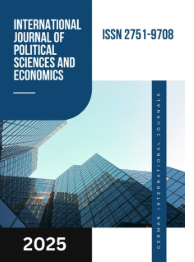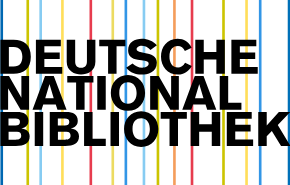CROSS-CULTURAL MANAGEMENT IN GLOBAL BUSINESSES: CHALLENGES AND SOLUTIONS
DOI:
https://doi.org/10.55640/Keywords:
Cross-culture management, management, global business, globalization, theories, leadership styles, barriers, training.Abstract
This thesis analyzes the problems and remedies of cross-culture management (CCM) in relation to global business practices. It has become increasingly critical for organizational leaders to manage culturally diverse teams, as institutions shift towards globalization. Primary theories such as Hofstede’s Cultural Dimensions, Trompenaars' Seven Dimensions, and the GLOBE project form the basis of this research, which employs a mixed method approach. The survey data of 61 respondents from different sectors was analyzed with the aid of SPSS. The analysis focused on several determinants of holistic approach in cross-cultural management effectiveness such as communication barriers, leadership styles, culture, and training. The results indicate that organizational capacity for diversity management is improved with open communication, participative leadership, and formal cross-cultural diversity training. Other findings suggest that organization design should incorporate tailored diversity training, proactive strategies to build intercultural competence, and enhance participation of social media in virtual teamwork. These findings are intended to help global businesses design more proactive and flexible policies regarding CCM.
References
1.Cermak, V. (2017). Can Bitcoin Become a Viable Alternative to Fiat Currencies? An empirical analysis of Bitcoin’s volatility based on a GARCH model.
2.Gudykunst, W. B. (2004). Bridging differences: Effective intergroup communication. Sage.
3.Idris, K. M., Posti-Ahokas, H., & Lehtomäki, E. (2025). Developing a teaching-research nexus in teacher education: recounts of an educator’s self-study. Teaching in Higher Education, 30(4), 898-914.
4.Mohammadian, E., Ahari, A. B., Arzanlou, M., Oustan, S., & Khazaei, S. H. (2017). Tolerance to heavy metals in filamentous fungi isolated from contaminated mining soils in the Zanjan Province, Iran. Chemosphere, 185, 290-296.
5.Ozgun, E., Ozgun, G. S., Usta, U., Eskiocak, S., Sut, N., & Gokmen, S. S. (2018). The effect of lipoic acid in the prevention of myocardial infarction in diabetic rats. Bratislavske lekarske listy, 119(10), 664-669.
6.Pan, F., Liu, S., Shu, C., Lin, R. K., Yu, Y. F., Zhou, J. M., & Ye, L. W. (2014). Gold-catalyzed intermolecular oxidation of o-alkynylbiaryls: an easy and practical access to functionalized fluorenes. Chemical Communications, 50(73), 10726-10729.
7.Sahadevan, P., & Sumangala, M. (2021). Effective cross-cultural communication for international business. Shanlax International Journal of Management, 8(4), 24-33.
8.Zellmer‐Bruhn, M. E., & Yu, L. (2015). Cross‐Cultural Management. Wiley Encyclopedia of Management, 1-7.
Downloads
Published
Issue
Section
License

This work is licensed under a Creative Commons Attribution 4.0 International License.
Authors retain the copyright of their manuscripts, and all Open Access articles are disseminated under the terms of the Creative Commons Attribution License 4.0 (CC-BY), which licenses unrestricted use, distribution, and reproduction in any medium, provided that the original work is appropriately cited. The use of general descriptive names, trade names, trademarks, and so forth in this publication, even if not specifically identified, does not imply that these names are not protected by the relevant laws and regulations.







